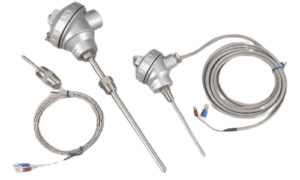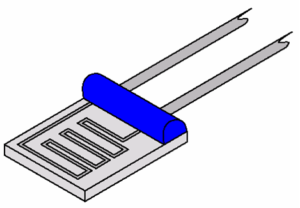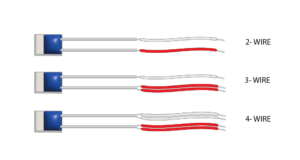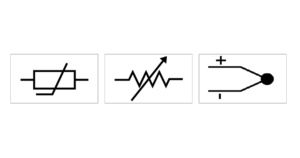Everything You Need to Know About PT100 Temperature Sensors
Measurement of temperature is considered to be the most vital function in manufacturing and HVAC systems as well as in food production, scientific research, and much more. In various temperature sensors used, the PT100 temperature sensor can be ranked at the top level as being very reliable and accurate for measuring temperatures. When one looks […]
How to Check a Faulty Temperature Sensor?
RTDs and Thermocouples are the two most commonly used devices in industrial temperature measurement. Even though both devices are very precise and reliable, sometimes they get faulty due to wear and tear, misuse, or environmental conditions. Hence, prompt identification and rectification of faults is essential for efficient and safe processes. In this guide, we will […]
Thermocouple vs RTD Temperature Sensor: Key Differences and Uses
Thermocouples have an important position in many types of industries, since they help one measure and then control temperature perfectly. Among them, the commonly used sensors include thermocouples and RTD temperature sensors. Even though the main purpose that these two sensors satisfy is the same, they present an enormous design, performance difference, and hence in […]
What is an RTD Sensor and how does it work?
Are you curious about what an RTD sensor is and how it works? You’re in the right place! This article breaks down everything you need to know about RTD sensors in a simple, easy-to-understand way. Let’s dive in! What is an RTD Temperature Sensor? RTD means “Resistance Temperature Detector.” An RTD uses the principle of […]
2-Wire, 3-Wire, or 4-Wire RTDs: What’s the Difference?
RTDs are commonly applied for temperature measurements in industrial and laboratory environments. The basic RTD classification includes: 2-wire, 3-wire, and 4-wire configurations. All of these affect how lead wire resistance compensation is provided to RTD and further impact the degree of precision on temperature readings. In this blog, we will explore these three RTD configurations […]
What are the Differences Between Thermocouple Types?
Thermocouples are one of the most significant temperature sensors used by various industries to measure temperatures with high accuracy and efficiency. Thermometer types vary through unique combinations of metals that affect temperatures, accuracy, and suitability in different conditions of different types. There are eight common types of thermocouples, namely: K, J, T, E, N, […]
Which is Better? Thermocouple, Thermistor, or RTD?
Which temperature sensor to choose – a thermocouple, a thermistor, or an RTD (Resistance Temperature Detector)? This would certainly depend on the particular application, the temperature range, the accuracy desired, the response time needed, and the cost. Each has its pros and cons and is best suited to specific uses and environments. Here’s a breakdown […]







